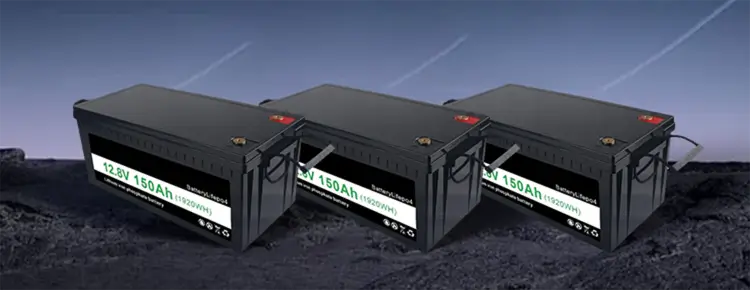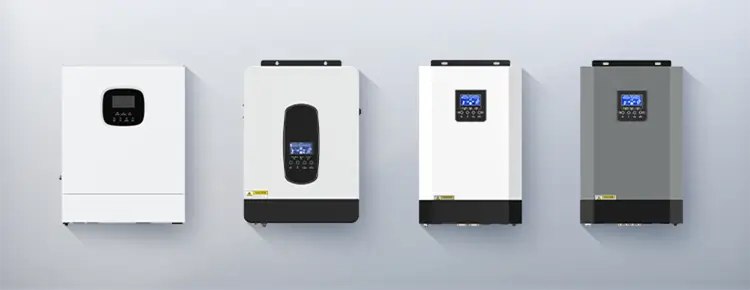



Blog
Hot Category
Latest Blog
13 Jan 2025
Nlelsen
With the continuous development of science and technology, LiFePO4 are expected to be upgraded in many aspects in the next ten years.
Introducing silicon oxygen elements into the negative electrode is an important direction. According to Gast Research, this method can increase the energy density of LiFePO4 by about 10%. The introduction of silicon oxygen elements can change the chemical structure of the negative electrode to a certain extent, thereby improving the battery's ability to store electrical energy.
Doping manganese elements in the positive electrode is an effective means to improve energy density. In theory, doping manganese elements can increase energy density by about 20%, and in practice it can reach more than 10%. This improvement can optimize its electronic structure without changing the basic chemical framework of lithium iron phosphate, thereby increasing the energy density of the battery when releasing electrical energy. However, since the process of increasing energy density will bring about a decrease in cycle life, this optimization is more oriented to automotive scenarios.
For energy storage scenarios, since there is no need to pursue extremely high energy density like automotive scenarios, LiFePO4 are relatively easy to achieve a cycle life of more than 10,000 times. By optimizing the internal structure and chemical composition of the battery, the battery can be charged and discharged more times without emphasizing high energy density, which is crucial for large-scale energy storage applications.

Through the improvement of the electrolyte, the discharge capacity retention rate of LiFePO4 can reach 85% or even higher at -20℃. For example, the development of new electrolytes and additives, in low temperature environments, these improved electrolytes and additives can maintain good ion conductivity and reduce the impact of low temperature on battery performance.
In summary, in the next ten years, LiFePO4 will continue to upgrade in terms of energy density, cycle life, low temperature resistance, battery management system, etc., and have broad development space in terms of material innovation, structural innovation, and application scenario expansion.